Application of Frozen Semen Sexing to Increase Dairy Cattle Population After FMD Outbreak
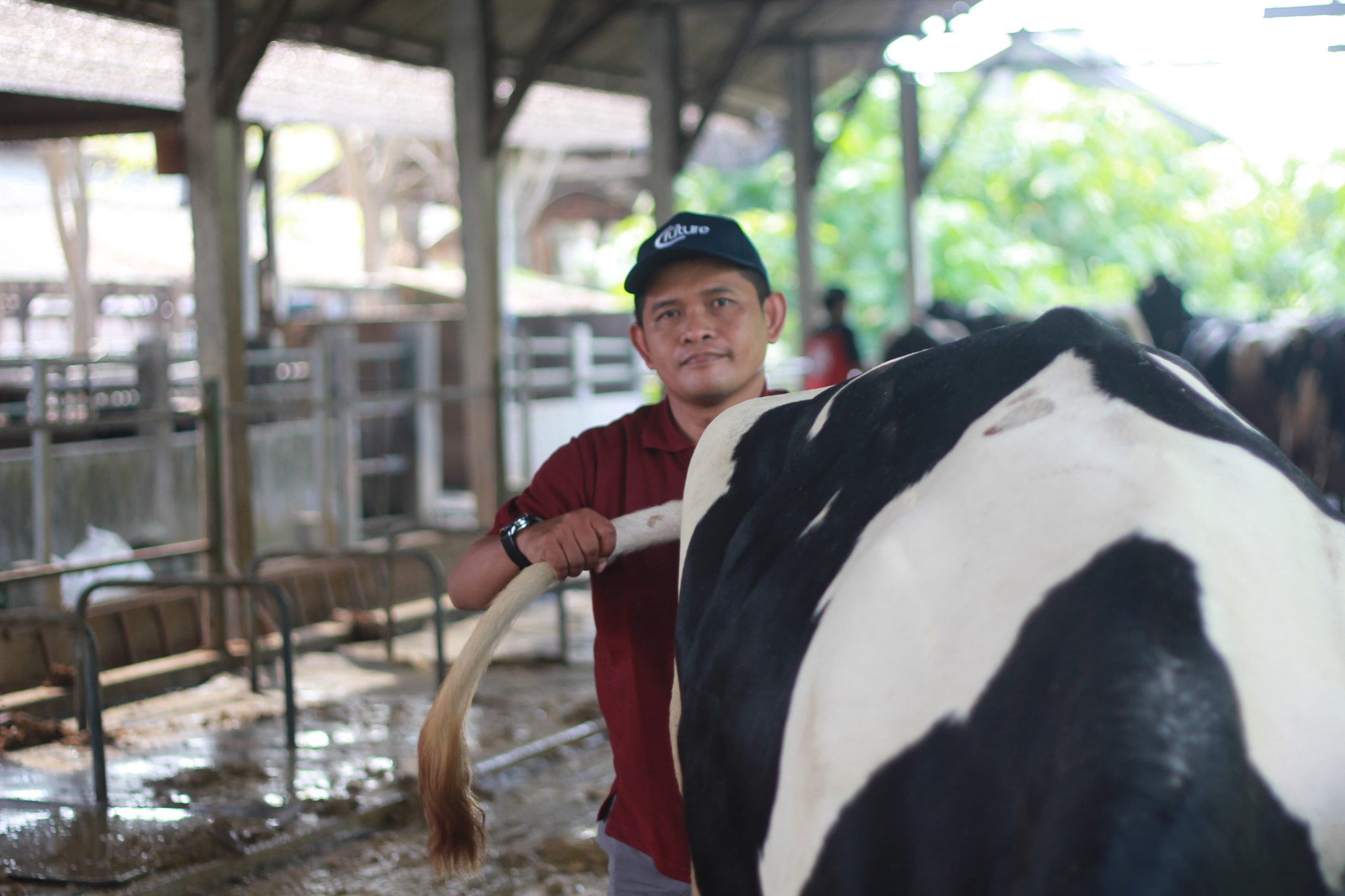
The Foot and Mouth Disease (FMD) outbreak two years ago caused a huge economic loss for cattle farms in Indonesia. The direct impact that was felt by dairy farms was the decline in the dairy cattle population due to death, forced slaughter, and culling due to decreased productivity. The population decline was followed by a significant decline in milk production due to the FMD virus, the effects of mastitis, and the large amount of milk containing antibiotic residues resulting from FMD treatment. This is considered necessary to accelerate the population of productive female cattle. The most effective, economical, and efficient way is to increase the female population from calves born female.
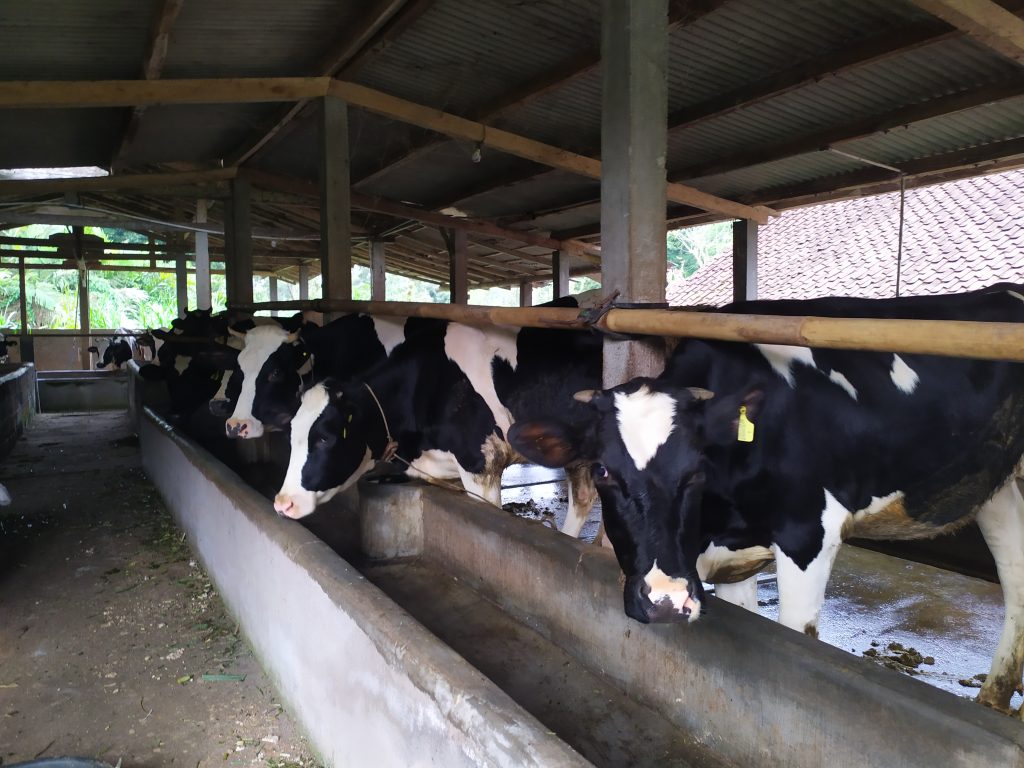
The use of sexed semen in artificial insemination is a very effective strategy to increase the dairy cattle population and can increase the efficiency of livestock maintenance. Sexed semen is the result of reproductive technology, the result of semen separation based on sex chromosomes (X and Y). Artificial insemination with sexed semen allows farmers to choose the desired sex of the calf more easily. Overall, sex-selected semen has great potential to improve production efficiency, animal welfare, and economic benefits in the dairy industry. Frozen sexed semen produced by the Singosari Artificial Insemination Center has post-thawing mobilization (PTM) quality that meets national standards (SNI), so it will produce high pregnancy rates in breeders with reproductive quality and careful observation of estrus.
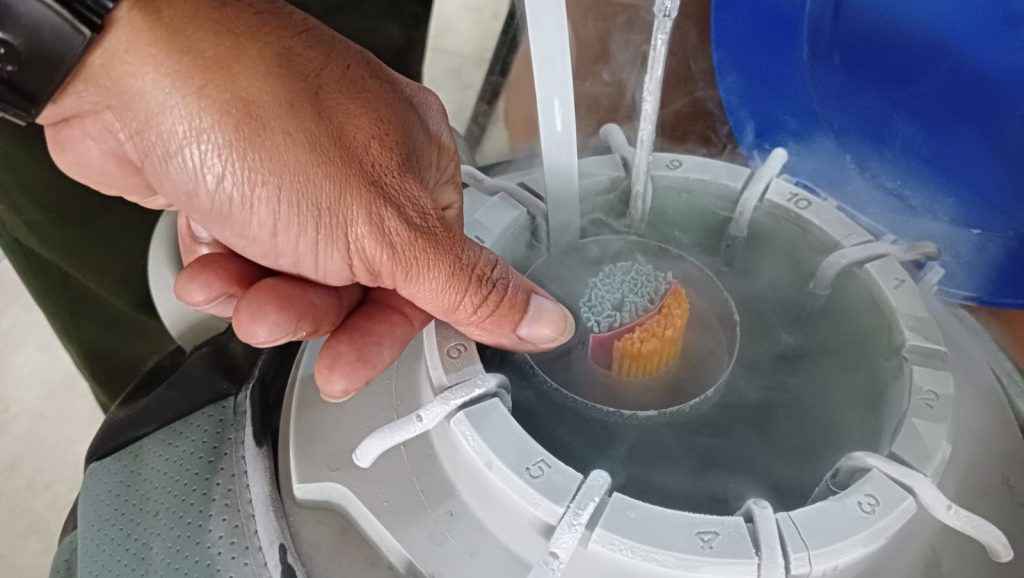
The main advantage of using sexed semen in artificial insemination applications is that it can increase production efficiency. The XX chromosome that has been scientifically separated from the Y chromosome will produce female calves. These female calves will later become the forerunners of milk production. This program can optimize the lactating cow population and increase milk production in the long term. The birth of male calves from this program is an advantage for farmers so that all potential feed and labor potential
are more focused on female cows. Most farmers consider male calves to contribute less to the development of the dairy cow population and are considered to have no significant economic value. Directly, the use of sexed semen has advantages for farmers so that they can focus on the process of forming productive females.
The program to accelerate the population of dairy cattle with sexing semen must be followed by good dairy management practices. The first support step is to increase the pregnancy rate from artificial insemination with sexing semen. Maintenance management and feeding that meets the needs of dairy cows is one form of support to prepare acceptors with eligible (good) estrus quality. Farmers must also carry out effective estrus detection, carefully carried out in the morning, afternoon, evening, and night. Observation of early signs of estrus and the end of the estrus period greatly determines when the right time is for artificial insemination. Artificial insemination that is too early at the beginning of estrus or too late (has passed the end of estrus) must be avoided because it triggers a low pregnancy rate. Recording estrus and the implementation of artificial insemination are also critical points that must be improved for the evaluation steps of the program’s success.
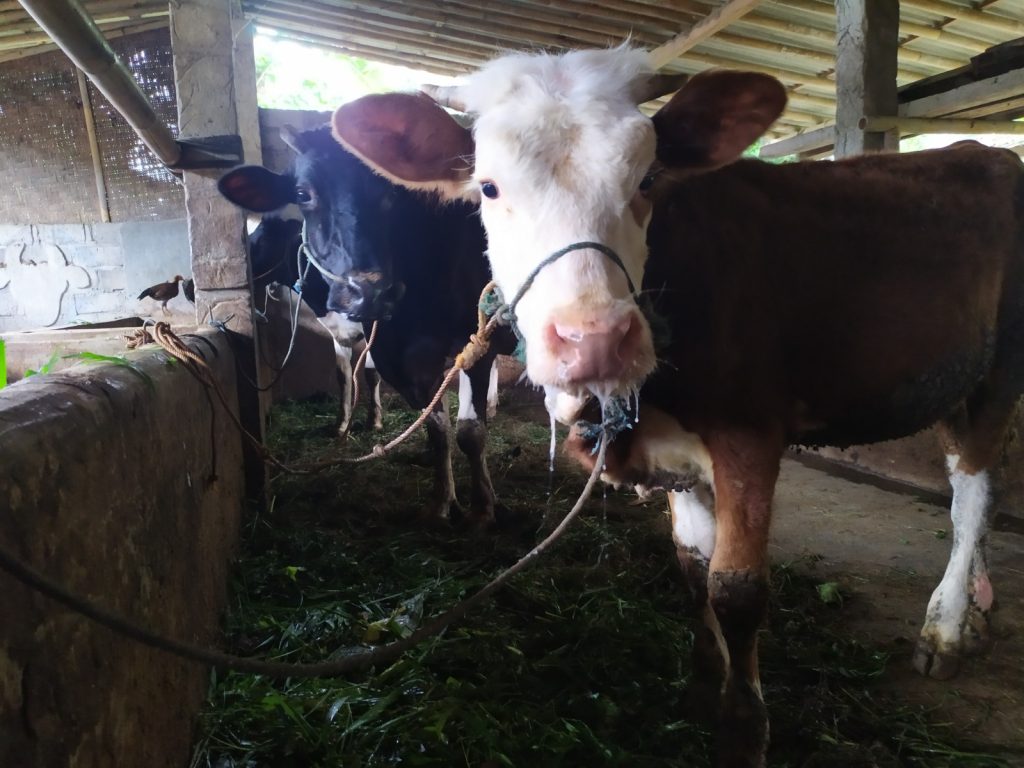
The second support step is the Pregnancy evaluation technique after artificial insemination with sexing semen. Several parameters for evaluating the success of artificial insemination are non-return rate, service per conception, conception rate, and pregnancy rate. Pregnancy examination is carried out by rectal palpation 2 months after the last artificial insemination. The third support step is rescuing sexed calves. Mothers who have been declared pregnant must be properly maintained so that the pregnancy is safe until the calf is born. Farmers must protect the pregnancy from several causes of miscarriage such as stress, drugs, hormones, trauma, or infectious diseases.
The fourth support step is the rescue of calves that are born. Farmers must improve their ability to SOP for handling calf births. Old pregnant heifers or mothers who have entered the transition phase (dry off) should be given a special place in a dry, clean, and comfortable maternity barn. Calves that are born must immediately receive colostrum from mothers vaccinated against FMD. Colostrum from mothers vaccinated against FMD has maternal antibodies, which provide calves with immunity to diseases in general and FMD in particular. Umbilical cord care is a mandatory SOP for newborn calves, namely by dipping or spraying 7% iodine. This umbilical cord dipping prevents infection from the
umbilical cord which is characterized by inflammation of the umbilical cord (omphalitis), hernia, and abscess.
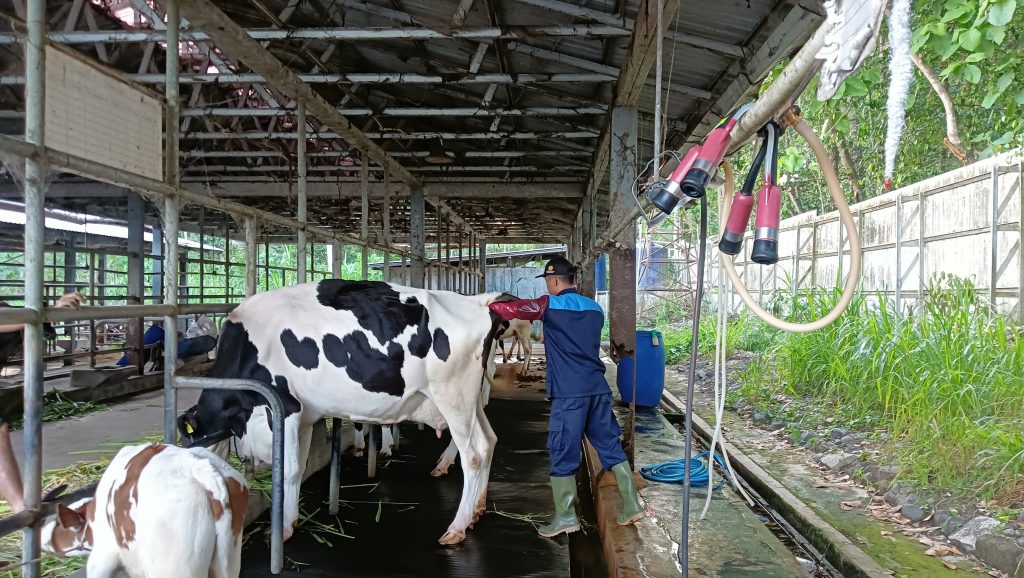
The program to accelerate the population of dairy cattle with frozen sexing semen is expected to be followed by improvements in the entire management of dairy cattle maintenance. The goal is to produce female calves that have high economic value, resulting from a cheap calf production process. Things related to the cost of producing sexed calves are daily feed costs, daily operational costs, pregnancy rates, birth spacing, and calf mortality rates. Feed costs and operational costs run according to the potential of existing feed and labor resources. Pregnancy rates can be increased by observing effective estrus, implementing timely artificial insemination, and implementing lege artis artificial insemination. The birth spacing in cattle managed with good management will reach the target of one calf in one year. The calves produced must also have high survival and harvest rates. The incidence of calf death due to digestive disorders, respiratory disorders, umbilical cord disorders, hair balls, traumatic must be avoided so that the calf mortality rate is as minimal as possible. Artificial insemination programs with frozen semen sexing in dairy cows must be carried out in many places so that the population grows rapidly to support the adequacy of domestic milk needs.
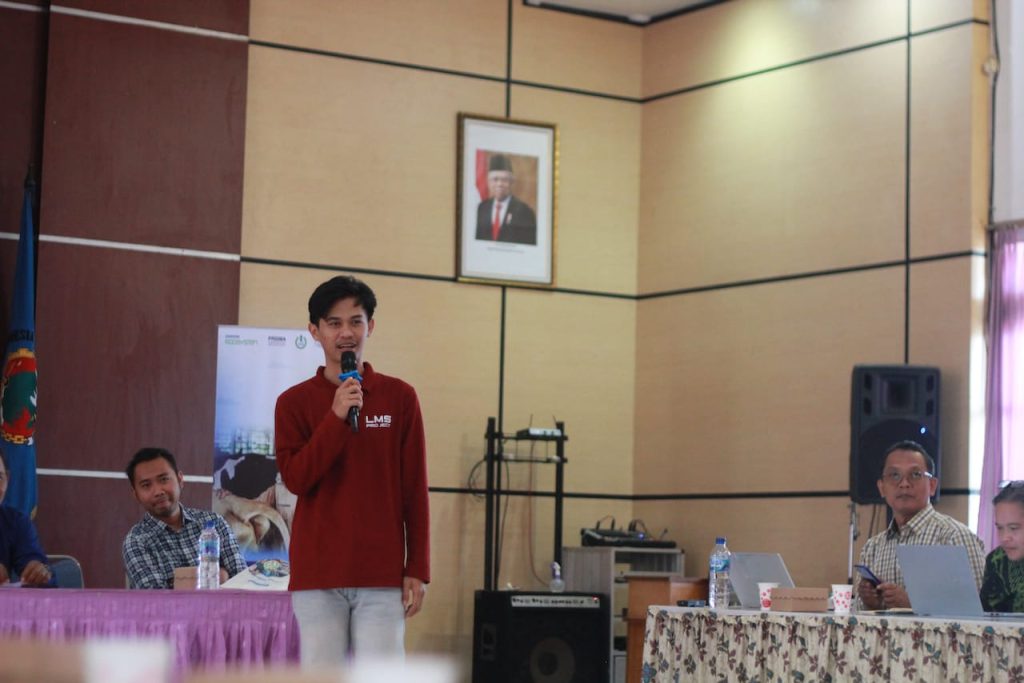
Written by: Muhammad Ilham
Edited by: Fauzan Ramadhan

